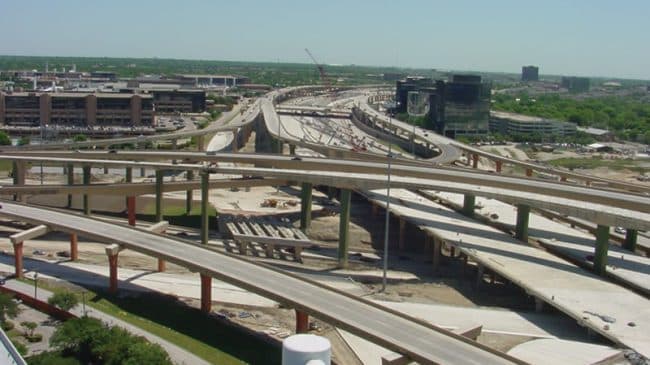With President-Elect Donald Trump promising to improve our nation’s roads and bridges through private sector initiatives, it’s high season for analysts wary of the private sector’s role in transportation. Earlier this month Kevin DeGood of the Center for American Progress wrote a report critical of P3s. While I disagree with some of DeGood’s criticisms, he made some valid points and raised some important issues.
Other criticisms don’t let the facts stand in the way of making a point. Trying to counter a well-written op-ed by Ed Ring of the California Policy Center suggesting that P3s could help California deliver needed transportation sooner, Bruce Blanning of Professional Engineers in California Government argued in a separate op-ed that P3s have been a disaster for California. Blanning’s arguments were laughable, and his motive has nothing to do with making good policy.
The Professional Engineers in California Government is not a licensing group but rather a public-sector union. The reason PECG opposes P3s is because P3 contractors work for private sector unions, not public sector unions. Such workers receive similar benefits but pay dues to a different group. Thus, union boss Blanning oversees a smaller empire. Opposition to P3s is not about protecting workers, but about losing an empire.
Given that reality, it is hard to take anything PECG says seriously. But to show how bizarre their criticisms are, I want to detail each of the errors:
- According to the article: Route 125 in San Diego, for example, was backed by private money when it went over budget. It went bankrupt and defaulted on a loan from taxpayers who had to pay $352 million to buy out the private consortium.
In reality, Caltrans had wanted to build a third north-south expressway for more than 40 years but lacked the money. In 1991, Caltrans awarded a 35-year lease contract to a developer to build, maintain and operate the road. However, environmental issues delayed construction until 2003. The developer raised funds to build the highway and bore all the risk for construction, operations, maintenance and repairs. The highway opened in 2007 just as the Great Recession was beginning, resulting in lower than expected traffic counts. While the road entered bankruptcy, it generated sufficient revenue to support services, maintenance and operations. The public was never impacted. In 2008, the San Diego Association of Governments (SCAG) purchased the moneymaking road so they could integrate it within their regional plans. Taxpayers did not pay a dime for the roadway.
- Taxpayers also bought out the Route 91 toll road project in Los Angeles after the contractor blocked efforts to relieve freeway congestion so that the toll lanes could rake in extra profits.
The SR 91 project was the first P3 in the U.S. It included a contract that new free lanes could not be added to the expressway. The provision was included because the operator worried that if the state added unlimited new free lanes, nobody would use the toll lanes. Such provisions are no longer included in P3s. Further, all P3 projects have modification clauses. So if something happens and a provision of the contract needs to be changed, both parties can agree on an appropriate solution.
- More recently, the Presidio Parkway project in San Francisco was fully funded with public money and on schedule before the state turned it over to private interests. The cost doubled to more than $1 billion in taxpayer funds that could have been used for other congestion-relieving projects. That wasn’t enough for the contracting consortium, which demanded and received another $120 million more than the supposedly fixed price in the contract. Taxpayers had to come up with that money, too.
In order to satisfy the stakeholders the first part of the parkway was built as a design-bid-build and the second section as a P3. The first part of the project focused more on building surface transportation infrastructure such as access roads while the second section focused more on building tunnels. Building tunnels, while vital, is more complicated and expensive than building surface roads because unexpected issues such as the discovery of historic artifacts can delay the project.
The first part came in at bid, because the initial bids were 20% higher than expected. The bids for the second part were much lower, approximately 25% lower than expected. And the only reason that the project increased in price was the challenge of integrating an expressway with a park, and cycling lanes. The $120 million was for the costs of those added features including a change order that was not included in the original bid. If the features had been specified from the beginning, the project would not have gone over budget and the second part of the project would have been built for a lower cost overall and at a much lower cost to the taxpayer than the first part.
P3s are not the solution in every case. And developers should pay attention to mistakes in past projects to ensure they are not repeated. But it is hard to take seriously the criticisms of a union boss whose main interest is to preserve power, and not to find the best way to address our infrastructure challenges.

